What To Look For In October
Devil's Fingers (what would you expect in October?) Thrushes from Russia, Oak makers, late Ivy and the Red Deer rut begins.
11 Oct update - to show how well our experts know the natural world, a prediction from the first edition of this post has now come true: the Ivy Bee has arrived in Sheffield. (See below..)
You can look for the typical autumn things right now, with leaves turning red and yellow fairly mightily, with bright displays expected due to lots of rain and sun over recent weeks. It seems that warmer nights during autumn, and brighter days, might produce redder leaves, so watch how this progresses in the city’s woodlands. There’ll be lots of mushrooms and other fungi popping up, along with a few incoming migrant birds, and of course if you head out to the western moors, you’ll see (and probably hear) the annual Red Deer rut. (Watch out for smaller and quieter Fallow and Sika Deer who are at it too.)
Thanks to Sorby Natural History Society, the RSPB Sheffield Group, Sheffield Museums and Sheffield Bird Study Group for their help with this post, and a special mention to brilliant photographers Andy Deighton, Roger Butterfield, Colin Dixon, Chris Kelly, Alistair McClean and Bob Clinging for their wonderful photos.
Do forward this article to your friends, and please subscribe below to get posts straight to your inbox. (Or use the free Substack App - there’s no catch, the posts just look better there.) And if you’ve been reading these posts for a few months, a full paid subscription will help me pay the bills and keep them coming. Thanks.
Berry Bagging
Garden birds are noticing berries of native trees like Rowan and Whitebeam just now. Rowan berries can be white, yellow, orange and dark red, and are also popular with winter migrant birds from the thrush family, and maybe even Scandinavian Waxwings if there are any berries left when winter arrives.
Botanist Gerry Firkins tells me Rowan and Whitebeam trees are sometimes called 'checkers' and some country Checkers pubs were actually named years ago after nearby Rowan trees, not the chessboard that often appears on their modern sign.
Fungi or Mushroom?
October is mushroom month. Our fungi expert Chris Kelly suggests looking out for non-mushroom shaped fungi (the word mushroom just refers to a shape of fungi, not a particular set of species). Toadstool, an Anglo-Saxon term, is even vaguer and is often used to mean poisonous or wild mushroom.
“All mushrooms are fungi,” she says, “but not all fungi are mushrooms.” To prove the point she says look out for these beauties this month (all photos by Chris Kelly):
White Saddle (above) is often found by paths in deciduous woodlands. The small Scarlet Caterpillarclub (below left) is one of those impressive looking but terrible fungi, as it actually grows out of an insect larvae buried in the soil. The Purple Jellydisc grows more typically from decaying trees, often Beech, and just looks strange and brain-like.
A joke fungus you might like is the Orange Peel Fungus (below): On fungi walks leaders like to drop orange peel when no-one’s looking, and then find that first, with the genuine article as the punchline a minute or two later. Spot the difference.
Red Deer Rut
October and early November is the time of the Red Deer rut, says our mammal expert Val Clinging. Stags round up groups of hinds into harems, which they defend against other stags, with the larger and older males having the biggest hind harems.
The males compete to show off their strength and dominance, and their roaring (or bolving) can be heard from up to a mile away on our western moors. They thrash around in the vegetation and wallow in their own urine, as well as roaring like mad, and two equally matched competitors may actually fight for dominance.
Val says it’s best to keep a safe distance as the stags can be “violent and unpredictable,” as well as loud and smelly. Dawn and dusk are the best times to watch the deer rut, with Big Moor, Blacka Moor and Totley Moor popular Red Deer habitats.
Ivy and Ivy Bee
Ivy is a late October flowerer, and you’ll often see it covered in insects, especially wasps, and also flies, bees and butterflies. It's an important last source of supplies for bee hives before winter sends them into dormancy.
The Ivy Bee is a relative newcomer to the UK, first recorded in Dorset in 2001 but it’s spreading north very quickly and may arrive in Sheffield soon - maybe this month?
• Update: it’s arrived! Roger Butterfield has found an Ivy Bee this week building a nest hole in the Botanical Gardens.
The Ivy Bee is a solitary bee (as opposed to a social bee, like the Honey Bee), and as the name suggests, it favours a single plant, the Ivy, with the adult bees emerging in September to spend much of their time on Ivy blossom.
The females are very distinctive and easily identified, thanks to ginger hair and boldly-striped abdomens. The males are smaller and less obvious, but you can see them vying for the attention of newly emerged females. The Bees Wasps & Ants Recording Society (BWARS) is appealing for people to report any sightings of the Ivy Bee via iRecord, so that its spread across Britain and Ireland can be monitored.
See: Ivy bee - Bumblebee Conservation Trust and Colletes hederae mapping project | BWARS
Russian Migrants
Towards the end of October we should see birds from the thrush family arriving from Scandinavia and Russia, says ornithologist John Robinson. Gray feathered Fieldfares, and Redwings (like Song Thrushes but with a red wing flash) will flock into our gardens and parks, along with extra Blackbirds, which also fly over from northern Europe.
You might also spot Lesser Redpolls passing through from Scotland, and watch for Jays flying around like mad, John says, burying acorns for eating during winter. But since they always forget one or two, the Jays are also planters of the city’s Oak trees.
Weird Invaders
Devil's Fingers or Octopus Stinkhorn fungus (left below) is an exotic newcomer to the district, but is gradually spreading from its local home near High Bradfield, says naturalist and photographer Roger Butterfield.
Meanwhile, Alistair McLean says of the insect below right: “It’s a naff photograph, but I believe this is the Western Conifer Seedbug. It was originally from North America, but was accidentally introduced to Italy in 1999 and has spread across Europe, coming to the UK in around 2006. They’re out and about at the moment, but they’re technically an invasive species and can cause damage to conifer cones.”
Foraging and Mushroom Hunting
Chris Kelly’s advice on fungi foraging is always to go out mushroom hunting with someone who knows what they’re doing, and what to look out for. There may be plenty of advice in books and online, but there’s no substitute for field knowledge and experience, as fungi can be so variable out there in the real world.
And the idea of sustainable foraging is a can of worms, she says. Some people think you shouldn’t pick anything, while others employ gangs to blanket pick, then sort out edible from non-edible, and then sell on to restaurants. (“We’ve turfed them off Longshaw before now,” she says briskly).
The British Mycolological Society’s code of conduct is here. Maybe the best approach is just to look and photograph, as there’s plenty to see.
Thanks for reading. If you enjoy these posts about city wildlife, please think about whether you can run to £4 a month (less for a year’s subscription) to become a full subscriber. I can’t cover the costs of running It’s Looking A Bit Black Over Bill’s Mother’s without the support of readers like you.
If you’ve been before, just £4 a month will help me reach the target of at least 200 full subscribers to make this publication sustainable. Or if you’re new here, just add your email for a free trial subscription for a few weeks first. (I’ll not be checking up, just click the full subscriber button when you’re ready.)

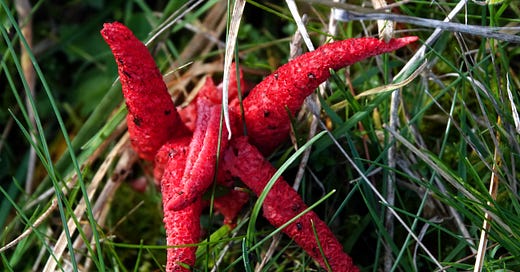


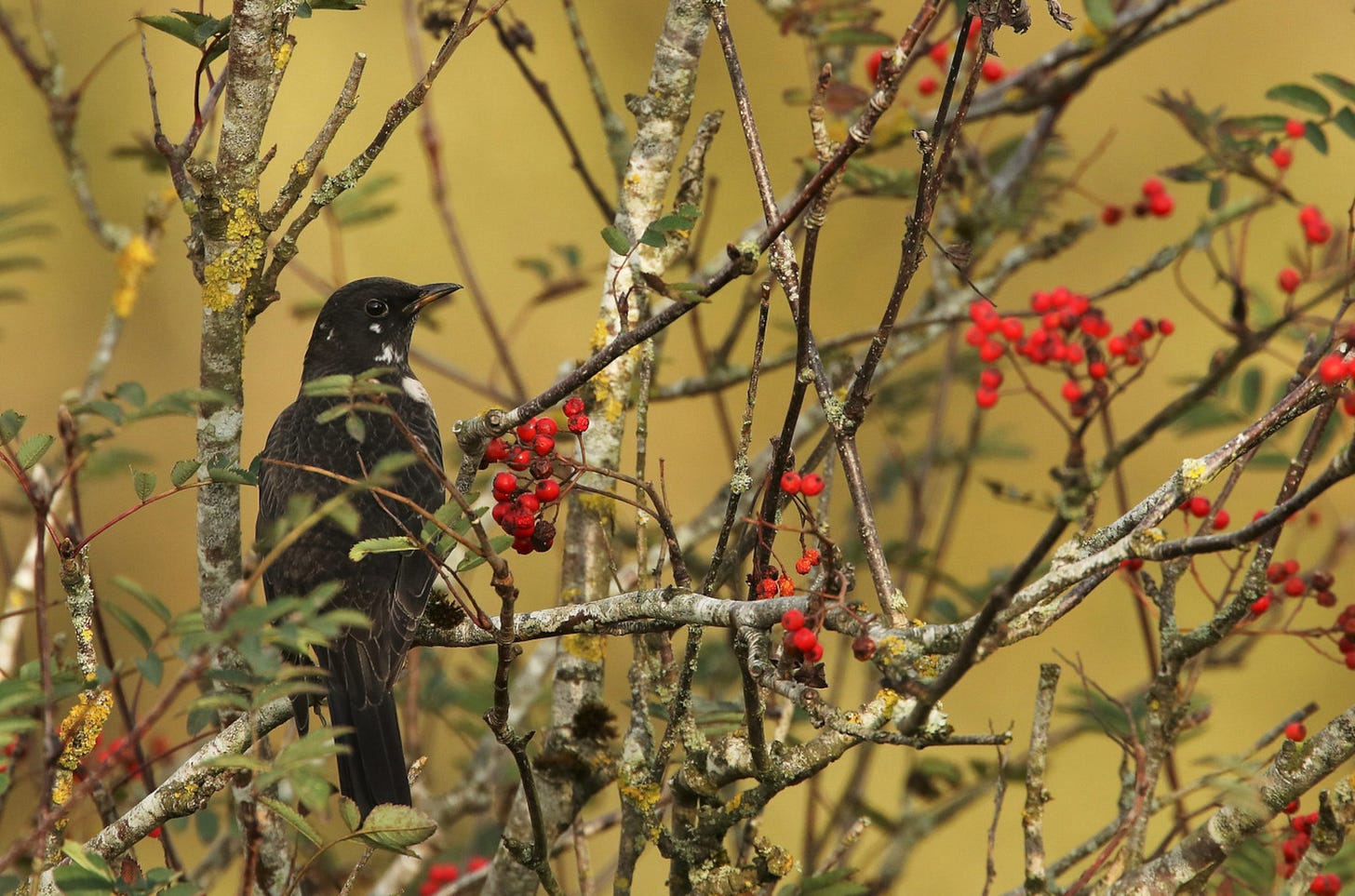



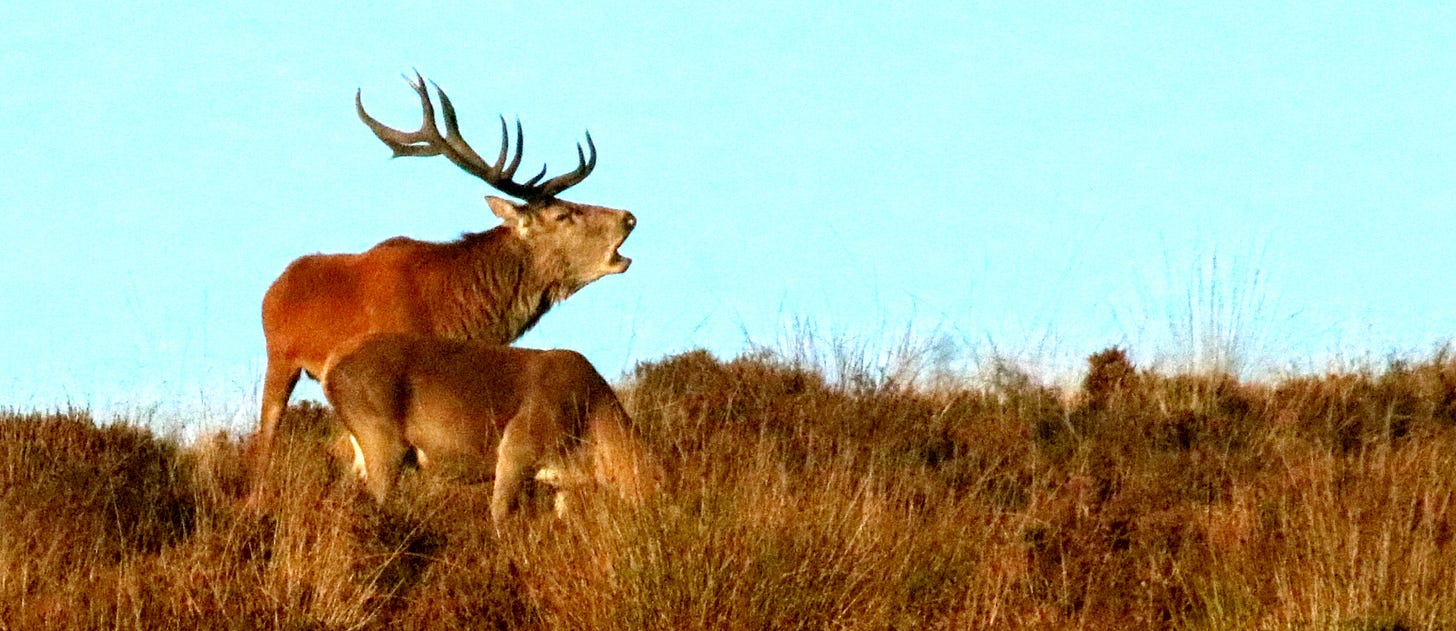
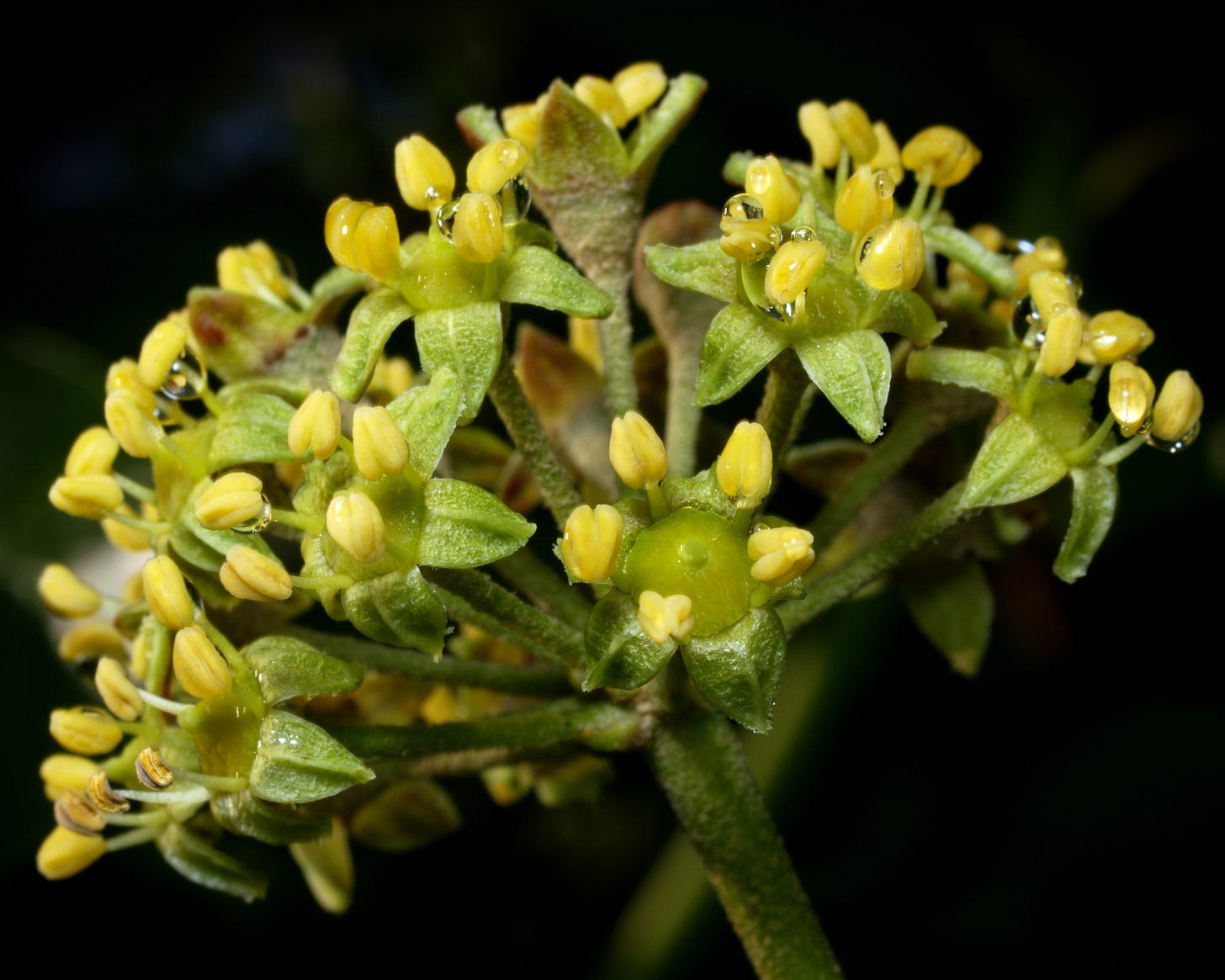
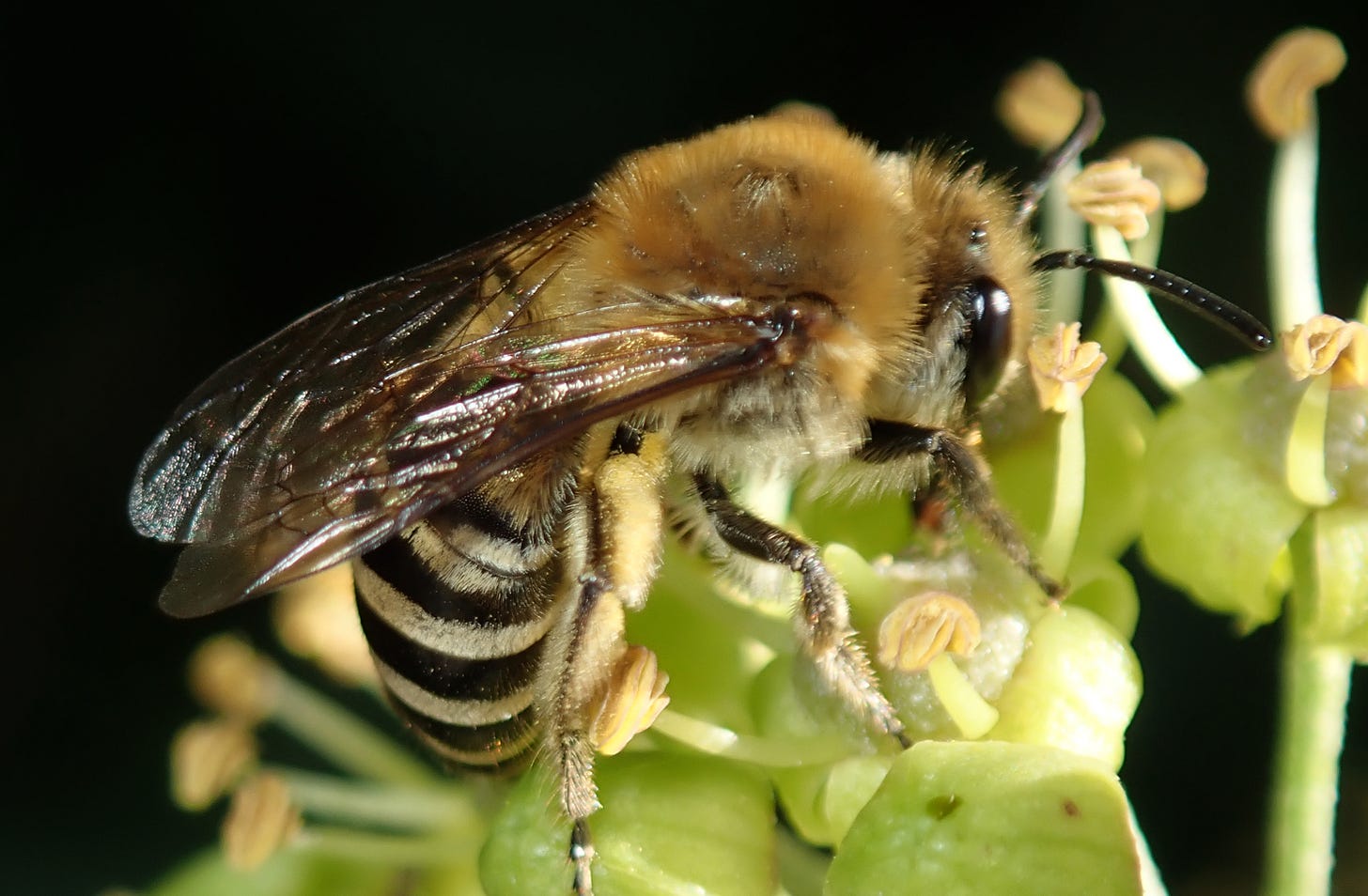
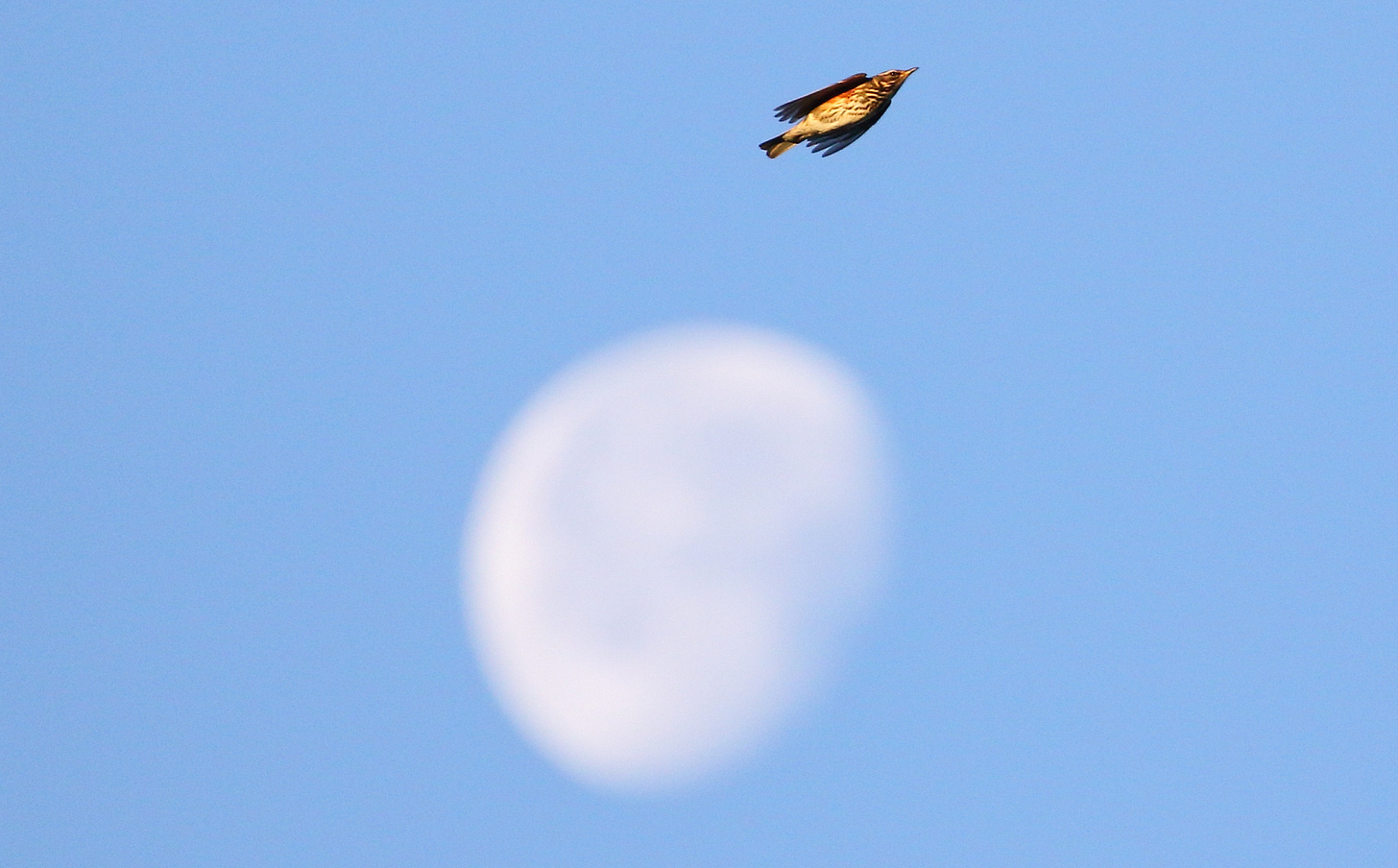

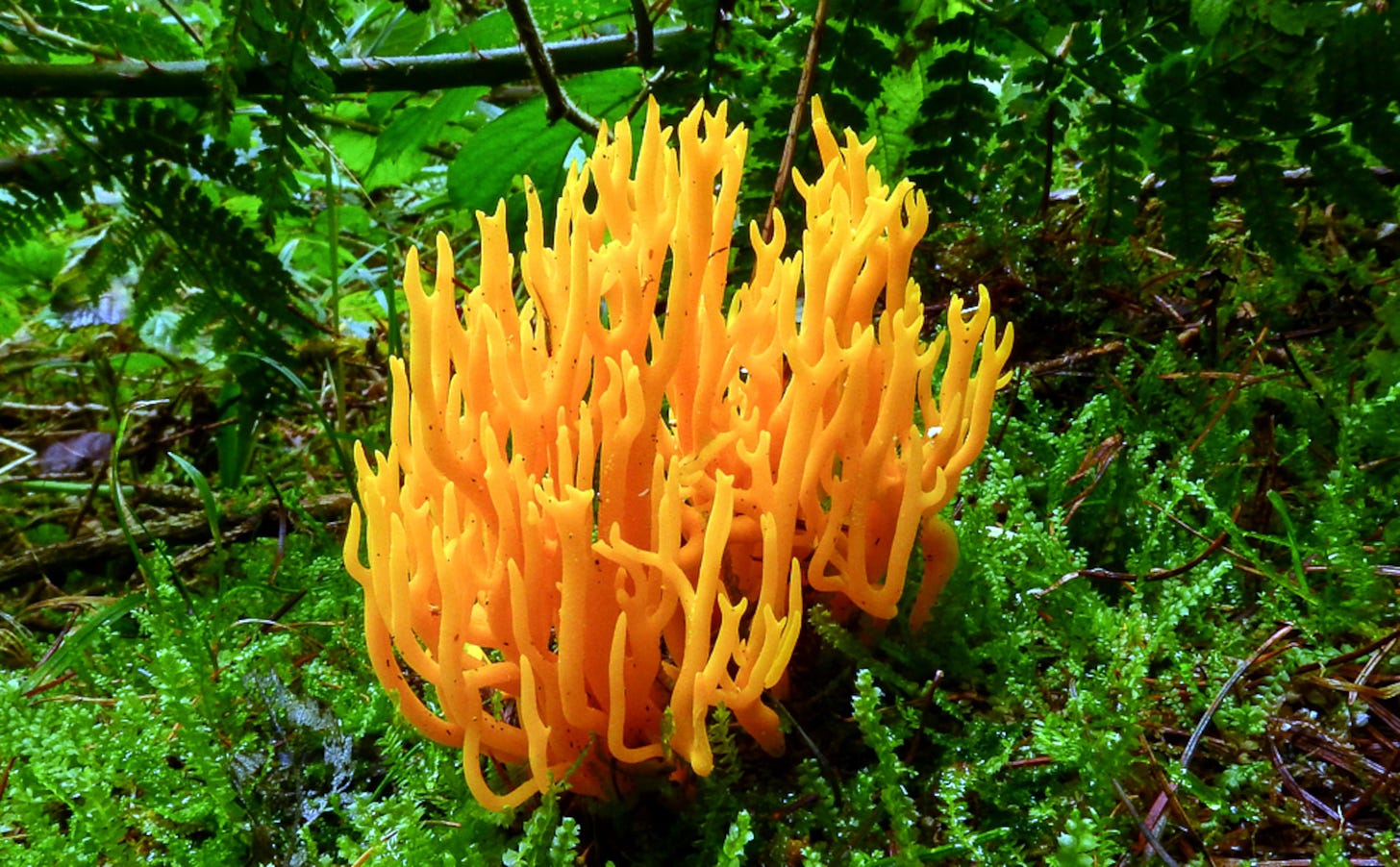
Great round up of what to look for in October. It's the fungi time of year and there are some fascinating species out there.